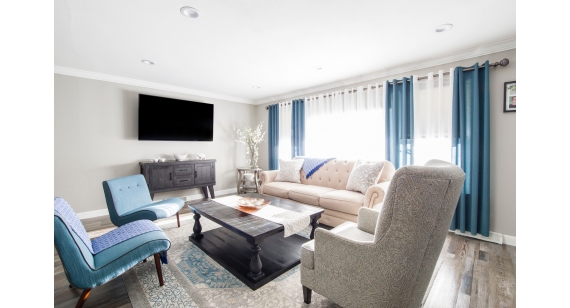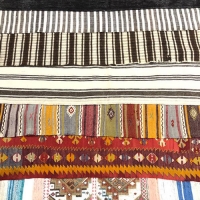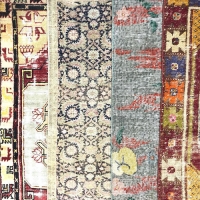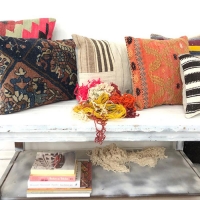
What do rugs tell?
Rugs convey many emotions to people. Because rugs artists, transfer their feelings and thoughts to the patterns and patterns in weavings. By reading these and feeling these emotions, it is possible to understand the conditions of the rugs.
The nomadic rugs of the rug types show the climate and nature with the burgundy colors. Apart from that, turkmen rugs give weight to red tones and transfer different emotions to rugs.
The motifs forming the composition of some rugs or carpets are designed either as repetitive waters or as individual spread patterns. According to the motifs and compositions used in the middle part of the rug, rugs can take different names. So in some rugs, formal features are used in the description of rugs.
Considering the rectangularity of the surface in the rug composition, there are various reasons for placing the vertical and horizontal motifs in the border bordures with uniform jumped sequences or associated repetitions. From a technical point of view, this method shows the visual and quality of rugs.
In the studies, it is thought that rug textiles, motifs and compositions develop in the family structure, depending on their lifestyles and traditions. The geometric order of the motifs, the evaluation of a specific narrative, leaves the impression that it was created in parallel with a belief in symbols, talismans.
In the old rug samples, weft-faced and non-woven, contoured rug techniques are widely used, and clamping and curved horse hair techniques are seen in fewer examples. Of course, this is a bit of a regional distinction. In the new samples, generally weft faced buttoned rug technique is used.
The names given to some motifs in rugs are interesting in terms of reflecting various beliefs such as people's imagination, traditions and evil eye, marriage and death.
Today, old people, without waiting for any benefit, rugs and prayer rugs donated to worship after death. These high historical and artistic values have created a rich resource in socially important places.
It is understood that rugs are a historical culture as researches and ethnologists have investigated the delicacy of hand weaving.



